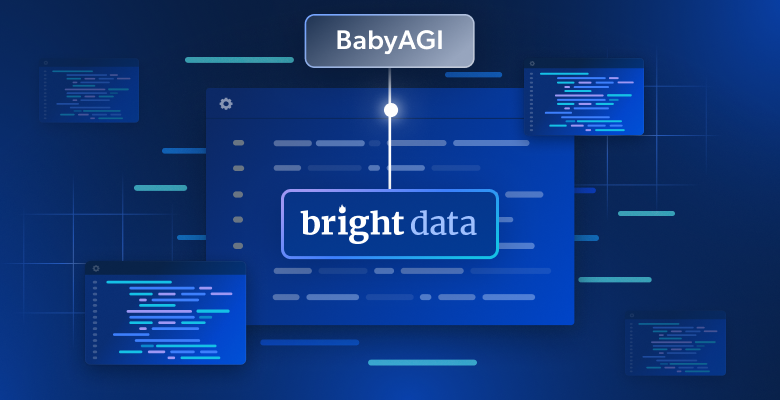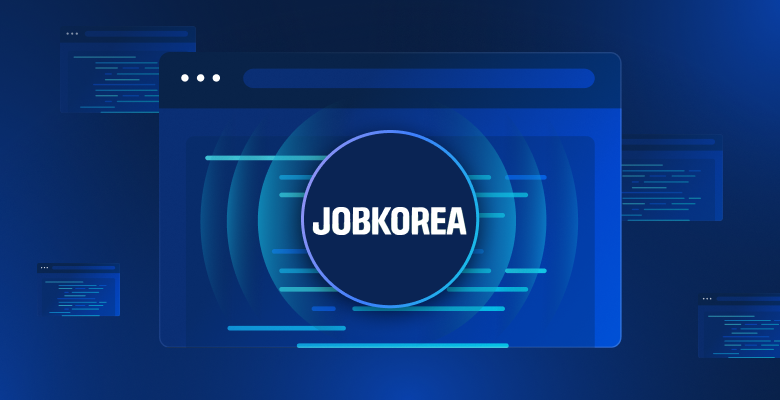Pricing data, especially in an online environment, is one of the most important attributes of an eCommerce sales strategy.
Dynamic pricing refers to fluctuating the prices of items commonly sold online that are highly competitive. The majority of companies in the hospitality, travel, retail, automotive and eCommerce verticals follow this pricing strategy where slight differences will deter a buyer and can be detrimental to the success of proposed sales strategies.
The companies in these industries all utilize algorithms that take into account the prices of the competition, the supply and demand fluctuations in their industry and even specific times of the day or year to strategically price their inventory and maintain their competitive edge. With the competition all taking part in this form of pricing, inventory management , and sales forecasting, it is a far-fetched ideology to successfully compete without doing so. Luckily with new technological innovations created for online data collection, even the smallest competitors can begin taking part in dynamic pricing at the scale and price that works for their size operations.
Market sectors dissolve in a digital landscape where one site can offer everything from hotels to rental cars, tourist packages, and even relevant clothing. Barriers are disappearing, helping the consumer by prompting technological innovations and boosting the capitalistic and highly competitive business environment that ultimately benefits consumers. The most obvious example of this is in the dynamic pricing we see today and the technology behind it that has afforded companies the ability to update prices, inventory and more by the millisecond.
These algorithms, to maintain their accuracy, take into account a cornucopia of data sets from every corner of the world. Surge pricing focuses on different attributes depending on which parameters the pricing is based on and the associated algorithm created. Different forms of dynamic pricing include time-based pricing, new release pricing, surge-based pricing, cost-plus pricing, value-based pricing, and conversion based pricing.
Surge Pricing Strategies:
Cost-plus pricing:
A determined percentage of business expenses that are added on to the cost of an item. This form of dynamic pricing has been utilized before the technological evolution where shopkeeps would merely add a certain percentage increase to the items they acquired and would sell them for that price. This is still common today with government contracts and large scale operations that have limited players and industries with many barriers to entry.
Value-based pricing
A pricing method that focuses on the consumer and how much that item is perceived to be worth. Compared to other pricing models, it does not take into account supply and demand or the expenses undertaken by the seller. An example of this is eBay where consumers bid on a product with a value they associate with a particular good and the item is sold on that basis with no other factors taken into consideration.
Time-based pricing
Strategically changing the prices of products at certain times. A popular strategy used by many businesses to keep up with supply and demand. The most obvious example of this is when airlines increase the cost of flights during the summer from the United States to Europe as it is the most popular time to travel there.
New release pricing
A strategy that charges a premium for those who need a product first and are willing to pay for it. This is common with trends or highly anticipated inventory that are introduced with hype and therefore high demand – think Apple when a new iPhone comes out.
Surge-based pricing
A strategy where the price is increased due to a surge in demand, this is turn prompts more supply as more sellers become intrigued by these higher price margins. A good example of this is ride-sharing programs where too many people need a ride at the same time, the surge in prices convinces more drivers to hop in their cars and pick up the passengers allowing for an equilibrium.
Conversion based pricing
A pricing model solely based on a site’s analytics and takes into account the rate of conversion of specific products. The conversion rate refers to the number of site visitors that convert to customers by purchasing an item. When the conversion rate drops for a specific product, the price, in turn, drops to prompt more sales. The same is true for the latter when an increase in the conversion rate is noticed, the site will increase the price of the item, to curb buyers and by providing businesses a means to ensure enough supply.
Dynamic Pricing – No Longer for Conglomerates Alone
As previously mentioned, dynamic pricing was once only available to large corporations. These conglomerates had the funds and resources for the technology required. To conduct the mass-scale data collection required to implement a strategy of this sort an organization would need engineers, data scientists, data analysts, IT personnel and the funds to not only employ but to develop the required infrastructure. With so much required to implement a surge pricing sales strategy, only a few businesses had the means to do so. The introduction of the residential proxies IP network, a fairly new technology, has made demand pricing and this form of competition available to everyone.
Proxies and your Surge Pricing Strategy
Proxy networks provide a means of gathering the data required for the dynamic pricing of products by making it easy to compare prices, find and stay up to date with market trends, aggregate travel data, and overall competitive intelligence. A proxy network connects to millions of IP addresses worldwide with easy integration methods that cater to the technical and non-technical alike. By providing a pool of millions of rotating proxies , bots and scrapers can be used without getting blocked or misled. Now comparing prices in multiple locations is possible from one server or IP address and is affordable for everyone. Consumers and businesses, from across the globe, now have the ability to compare endless product offerings and their associated pricing to truly take advantage of this surge pricing trend.
Businesses now have the power to collect unbiased accurate online data that they require regardless of their size or market share for their own surge pricing. By connecting their customers to millions of residential IP addresses, proxy networks provide the ability to emulate a real consumer in any country or city in the world. Using a location-specific IP breaks down the barriers implemented by geolocation blockades or time restrictions, for example, a Chinese proxy , that can truly provide accurate data sets from China. These data sets are utilized by algorithms to provide the information needed for companies to take part in this dynamic pricing culture.
Bright Data’s proxy network ensures no more barriers to entry by making sure the ability to implement a surge pricing strategy is available to the masses. With pay-as-you-go pricing, the ability to integrate with any third-party software, a Proxy Manager – providing the means to manage proxies like a professional, a chrome extension and a data collection platform for the least technical, the technology is now available and accessible to everyone. Connect to 150 million+ residential IPs across the globe and see what the world’s largest proxy network can do for your business.





